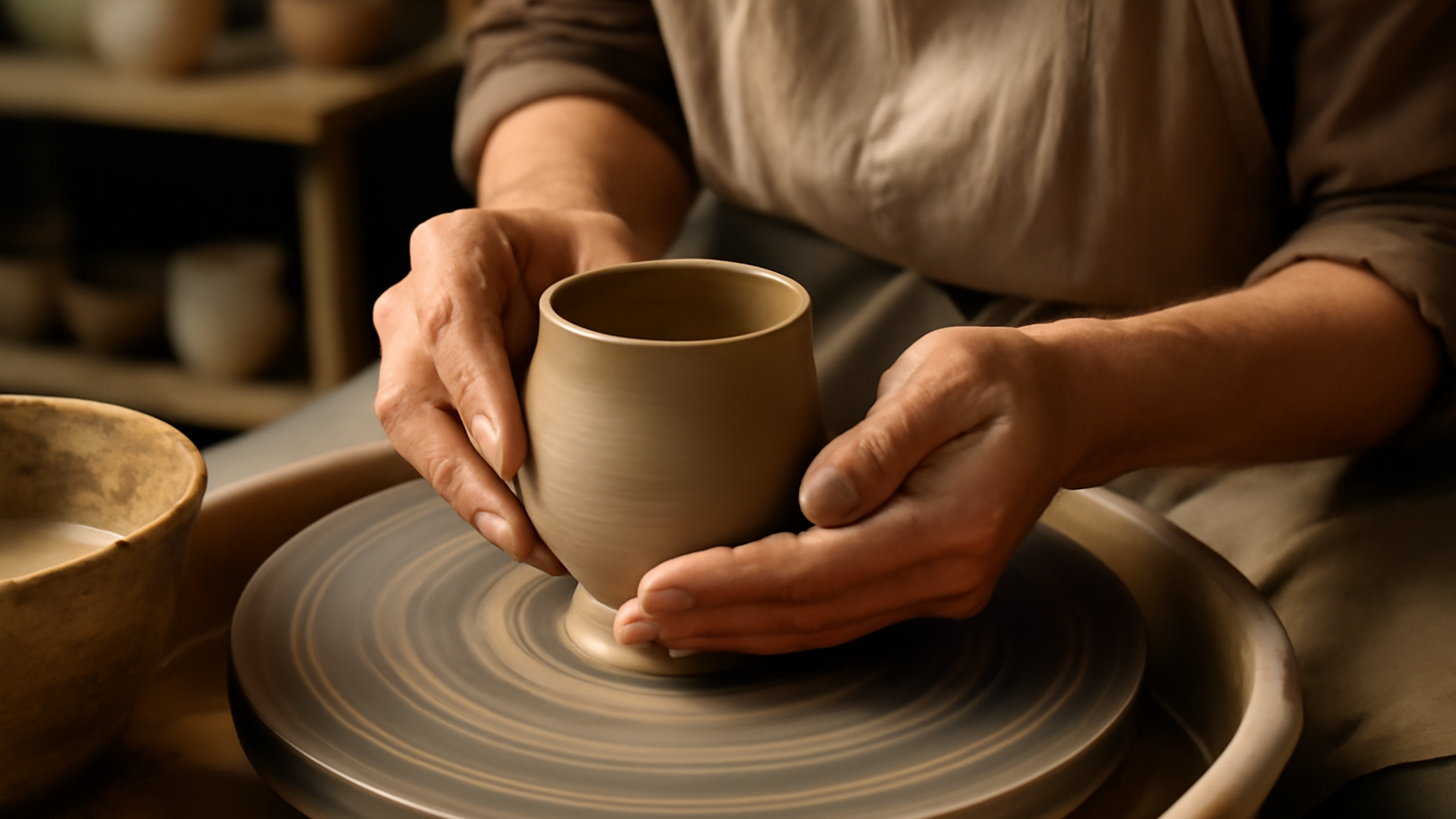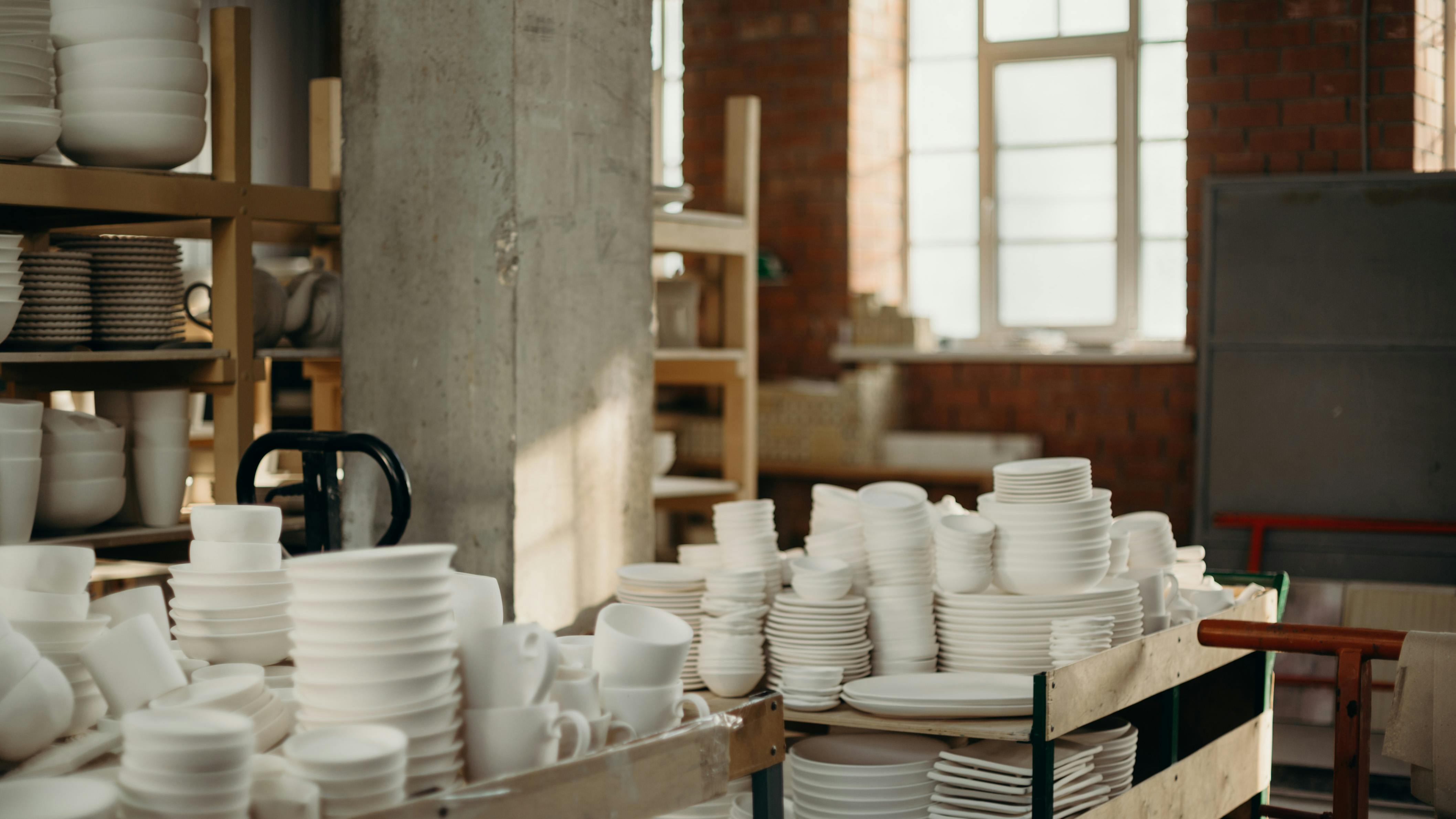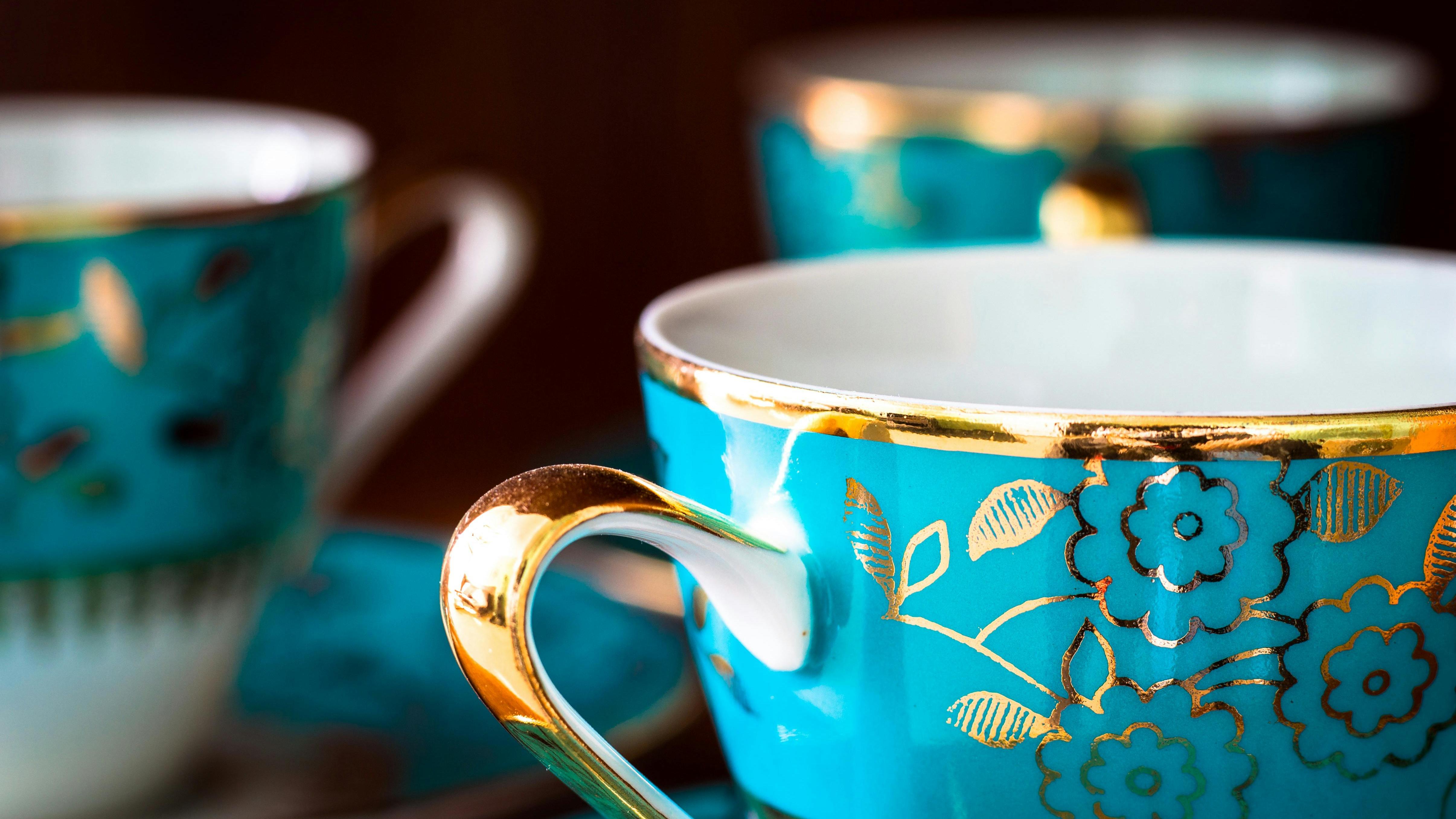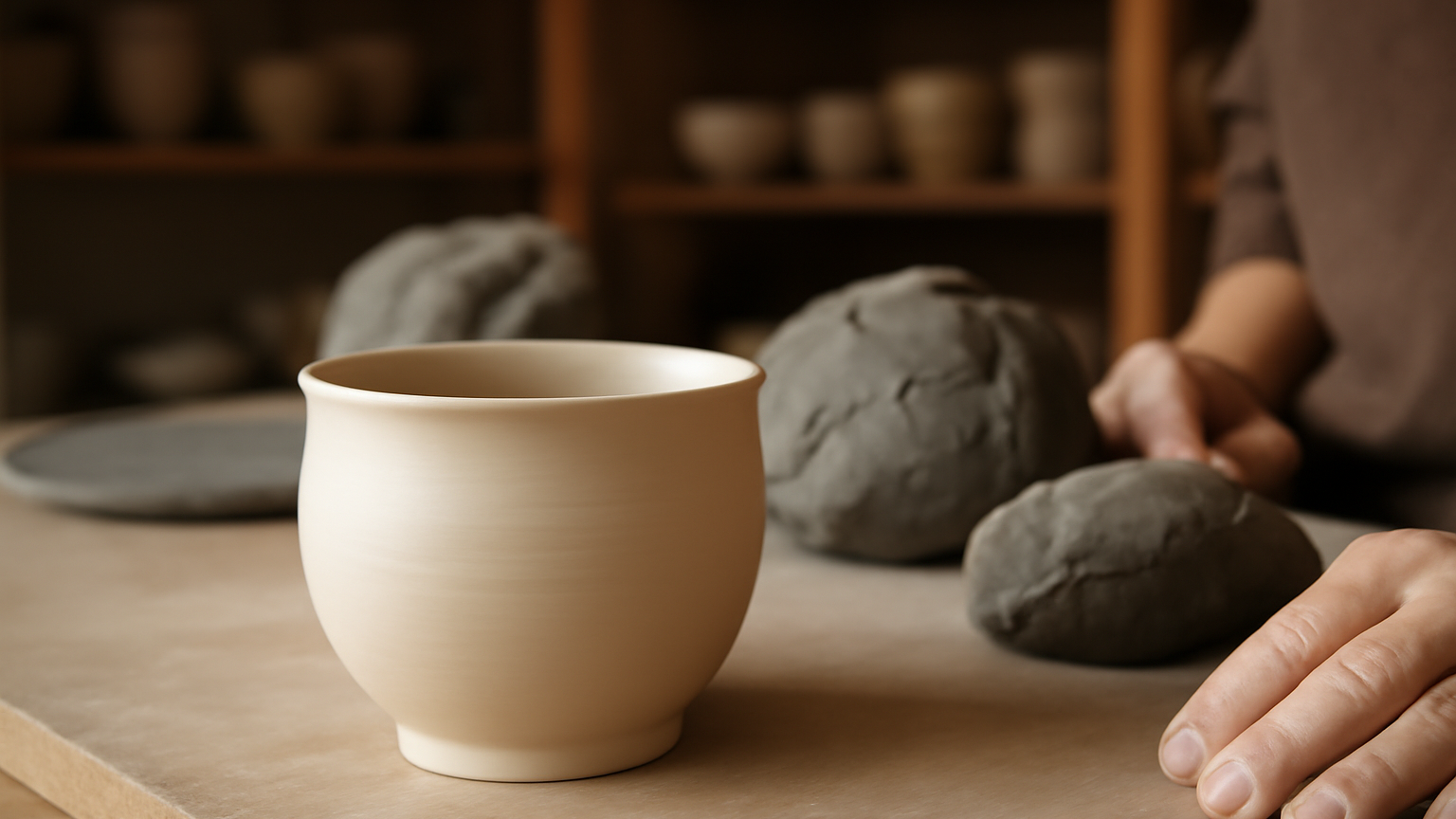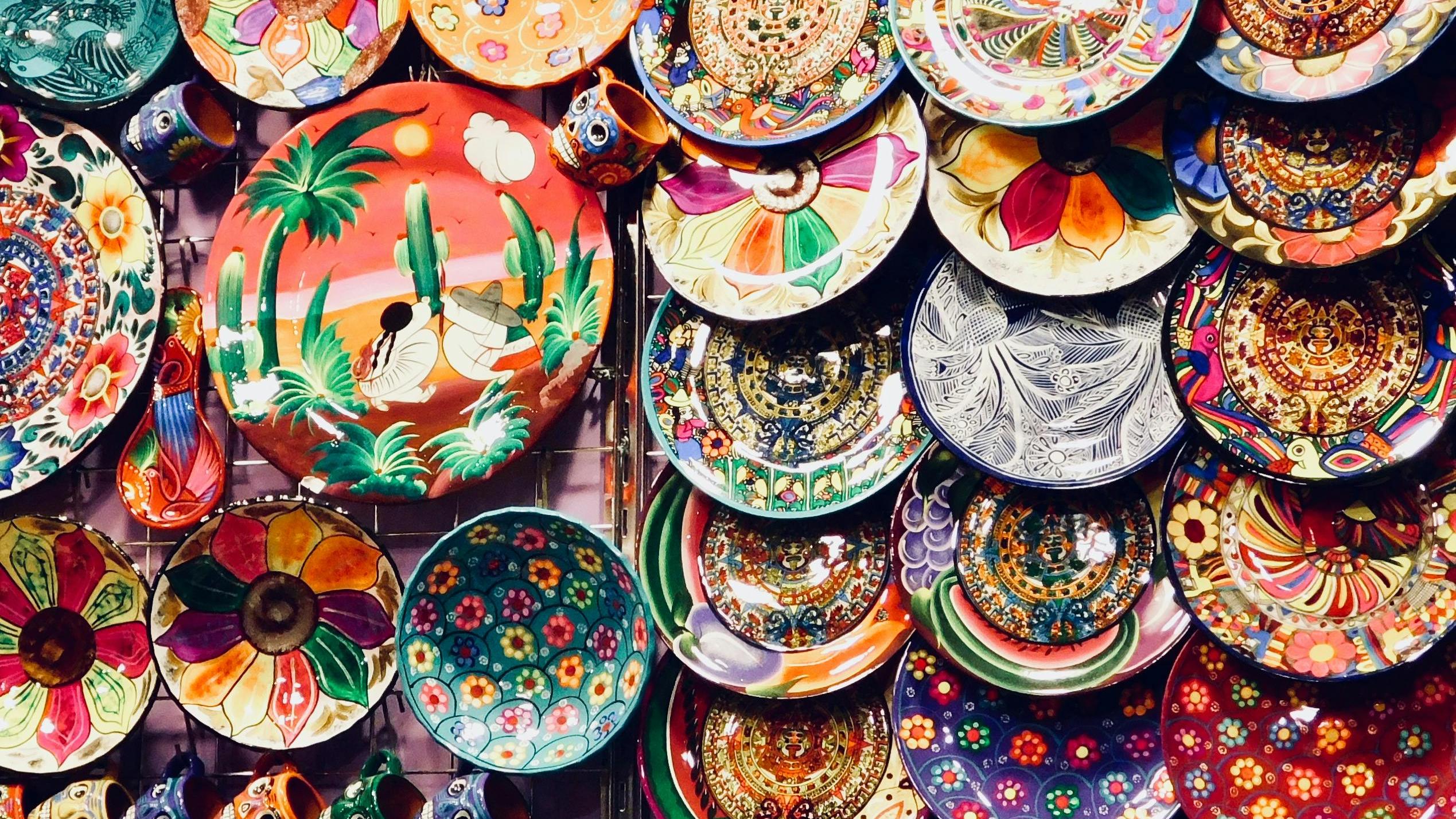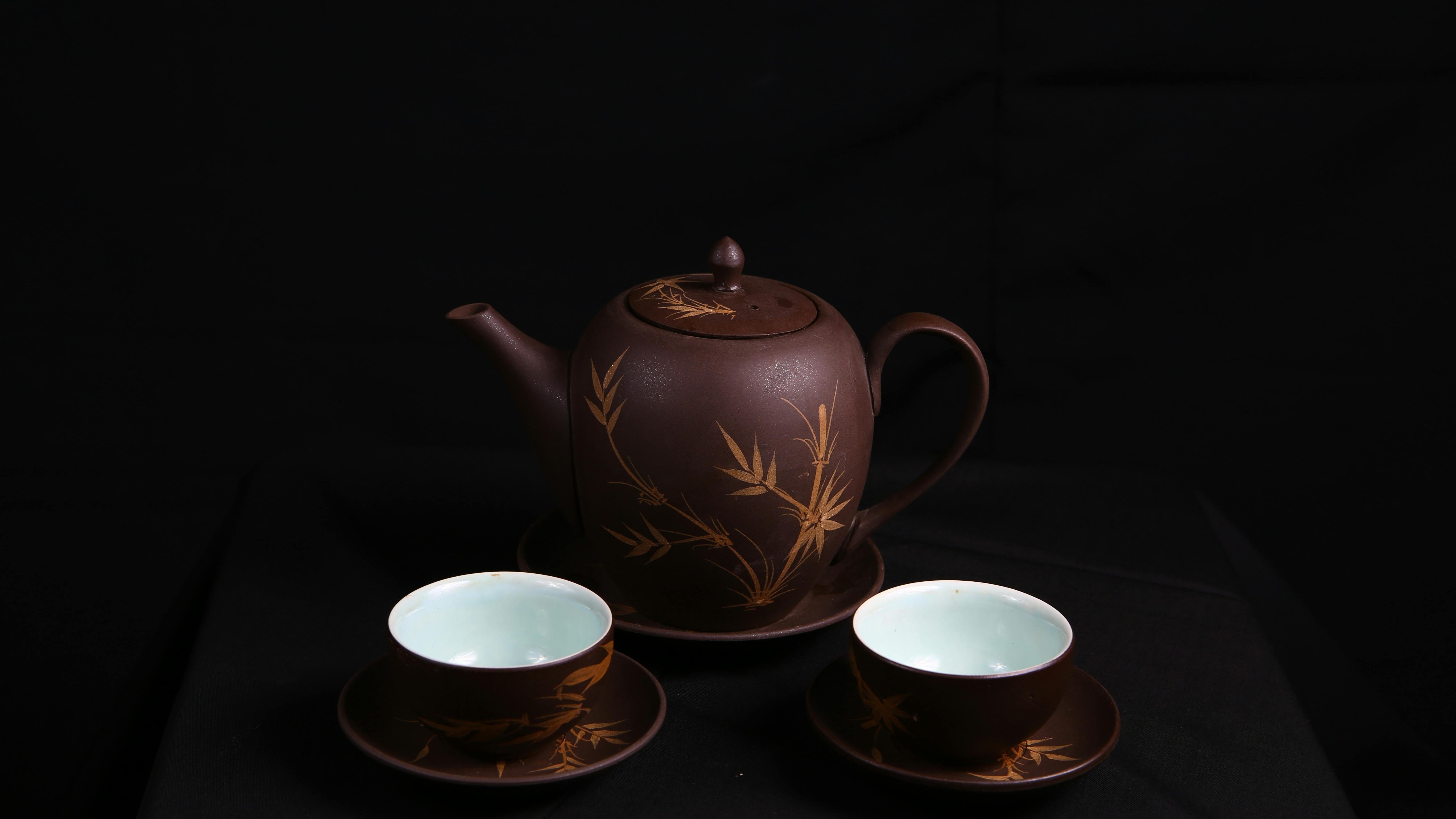
The Cultural Craft: How Ceramic Cups Carry Tradition and Innovation
When we think about a ceramic cup, we might see it simply as an object we use daily. But each cup tells a story—woven into its form, its glaze, and the hands that crafted it. Behind each handcrafted ceramic cup is a cultural narrative that blends centuries-old traditions with modern innovation.
Ceramics have been part of human culture for thousands of years, from ancient potters shaping vessels for practical use to modern artists designing pieces that carry personal, cultural, and artistic significance. The materials, the technique, and even the shape of the cup are often influenced by long-standing traditions passed down through generations, shaped by the land and the culture that surrounded them.

In places like Japan, China, and Mexico, ceramics have not only been practical items but also symbolic expressions of the culture itself. The Japanese tea ceremony, for example, celebrates the beauty of imperfection, where each handcrafted tea bowl is unique—reflecting the beauty found in nature’s unpredictability. Similarly, the Mexican tradition of Talavera pottery carries the bright, intricate patterns that tell stories of indigenous history and the fusion of cultures over time.
But while these traditions have stood the test of time, modern artisans continue to innovate. Today’s ceramic cups combine the rich history of these ancient crafts with contemporary design techniques, creating functional art pieces that resonate with a new generation. Each cup reflects the values of the artist—creativity, patience, and the pursuit of beauty—but also respects the legacy of those who came before.

What makes these ceramic cups even more special is their ability to carry both the past and the future. As you hold a cup in your hands, you’re not just holding an object, but the culmination of a long tradition of craftsmanship. A piece of history, a story, and a connection to cultures from around the world, all within your daily ritual.



